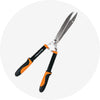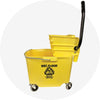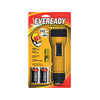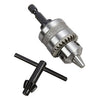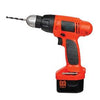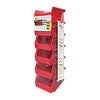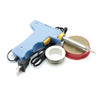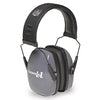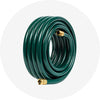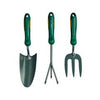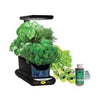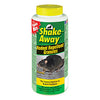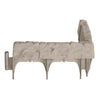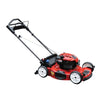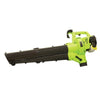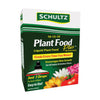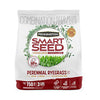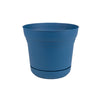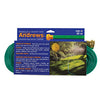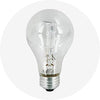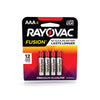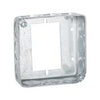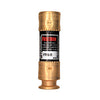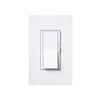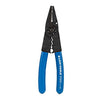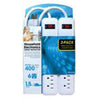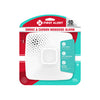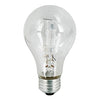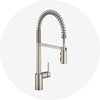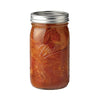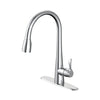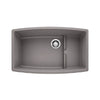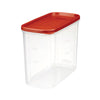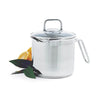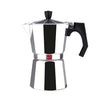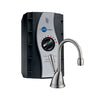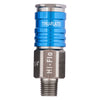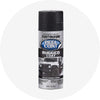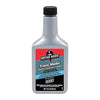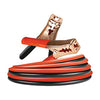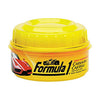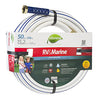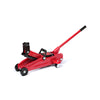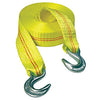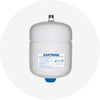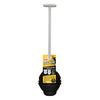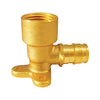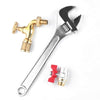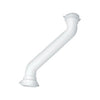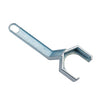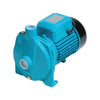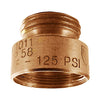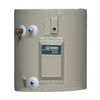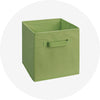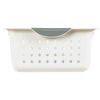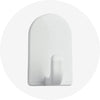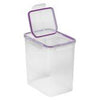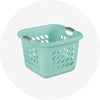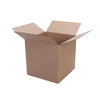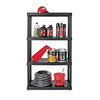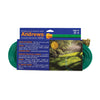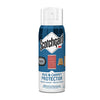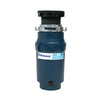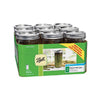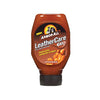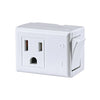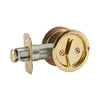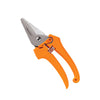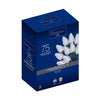A Guide to Winter Flowers
∙ min read
Do you look forward to the signs of changing seasons, such as the first flowers of spring poking up from the ground, the bright flowerbeds in full bloom signaling that summer is in full swing, the multicolored leaves that herald the arrival of autumn, and the first flurry of snowflakes announcing the holiday season?

The vast variety of colors in flowers and foliage in spring, summer, and autumn make the world a cheery place, and though there is a simple beauty to a landscape blanketed in pristine, new-fallen snow, after a while, the eye craves color in the sea of white.
If you're like many people, you probably don't associate winter and snow with flowers; however, there are a host of winter-blooming flowers that provide a satisfying pop of color as a lovely contrast to the sometimes monochromatic setting of winter. So, why not add some of our favorite winter flowers to your landscape view.
Plant Hardiness Zones
The first step in choosing flowers for a winter garden is knowing which ones grow best in your climate zone. The USDA has created a map with 13 growing zones to help you determine just that. All plants have a zone designation which you can compare to the USDA Plant Hardiness Map to find out what winter flowers grow best in your area. These are the lowest Fahrenheit temperature ranges for each zone.
-
Zone 1 is -60 to -50
-
Zone 2 is -50 to -40
-
Zone 3 is -40 to -30
-
Zone 4 is -30 to -20
-
Zone 5 is -20 to -10
-
Zone 6 is -10 to zero
-
Zone 7 is zero to 10
-
Zone 8 is 10 to 20
-
Zone 9 is 20 to 30
-
Zone 10 is 30 to 40
-
Zone 11 is 40 to 50
-
Zone 12 is 50 to 60
-
Zone 13 is 60 to 70
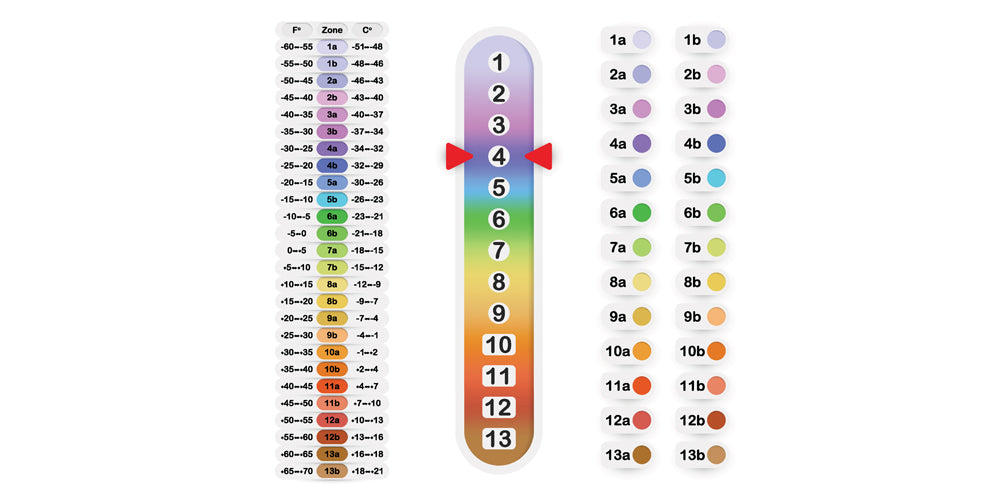
If a plant is categorized as zone 3 through 8, for example, it will thrive in temperatures between -30 degrees Fahrenheit 20 degrees Fahrenheit. In warmer temperatures, the plant will likely go dormant after its blooming season. Be sure to go by these guidelines as they will not only help you in the winter, but in the summer as well.
Winter Flowers
Winter blooming flowers can appear from bulbs, on shrubs, or on trees. Here are some of the most popular winter flowers for brightening a winter landscape.
-
Snow Crocus (Zones 3 to 8): The crocus is bulb that blooms in late winter to early spring. There are many varieties, all of which are deer, rabbit, and squirrel proof. These beautiful blue, orange, pink, white, yellow, and purple flowers should be planted in clusters and fertilized each autumn for maximum appeal. This truly hardy winter plant even grows in the frigid temperatures of Alaska, adding a burst of color to stark white snow.
-
English Primrose (Zones 3 to 8): Winter blooming varieties of English primrose are Primula vulgaris and Primula veris. This perennial grows to 4 to 6 inches tall and 4 to 9 inches wide. A low-maintenance plant, English Primrose enjoys partial sun and produces a luscious bed of yellow flowers from winter to early or mid spring.
-
Christmas Roses (Zones 3 to 8): Of the Hellebores family, the Christmas rose blooms from winter to early spring. These gorgeous bowl-shaped flowers are white with five petals and lovely golden-yellow stamens in the center. This bushy plant grows in a clump and reaches 8 inches to 12 inches tall and prefers part to full shade. While it is virtually a disease-free plant, you should watch for slugs and aphids.
-
Winter Heath (Zones 4 to 8): Winter heath is a flowering evergreen sub-shrub from the plant family Erica. This 12-inch mounded shrub grows to about 2 feet wide and produces bell-shaped pink flowers from late fall through winter with the color often remaining until early spring. Winter heath performs best when mulched after planting. It needs shearing after it flowers to avoid a lopsided appearance.
-
Witch Hazel: (Zones 4 to 8): Witch Hazel is a large shrub that produces wonderfully unique, brightly colored, spikey flowers. There are three winter-blooming varieties. Ozark Witch Hazel (Hamamelis vernalis) has small yellow or red flowers that appear from January to April. Japanese Witch Hazel (Hamamelis japonica) blooms from January to March with showy red or yellow flowers. Chinese Witch Hazel (Hamamelis mollis) also blooms from January to March with fragrant, yellow flowers. Water regularly in the summer months and add mulch to help it retain moisture.
-
Cold Hardy Camellias (Zones 6 to 9): In shades of bright white to vivid red, Camellias have several long-blooming varieties that add a burst of color from late fall to early spring. Plant a selection of fall blooming, winter blooming and spring blooming Camellias for a constantly lucious garden. The evergreen foliage creates a stunning backdrop even when not flowering. When planting Camellias, be sure to place them a minimum of 5 feet from other plants to allow them to properly establish.
This is just a short list of popular flowering winter plants, but they are sure to bring joy and brightness to your winter garden. With the right tools and assistance, you'll soon have a colorful winter wonderland outside your home.
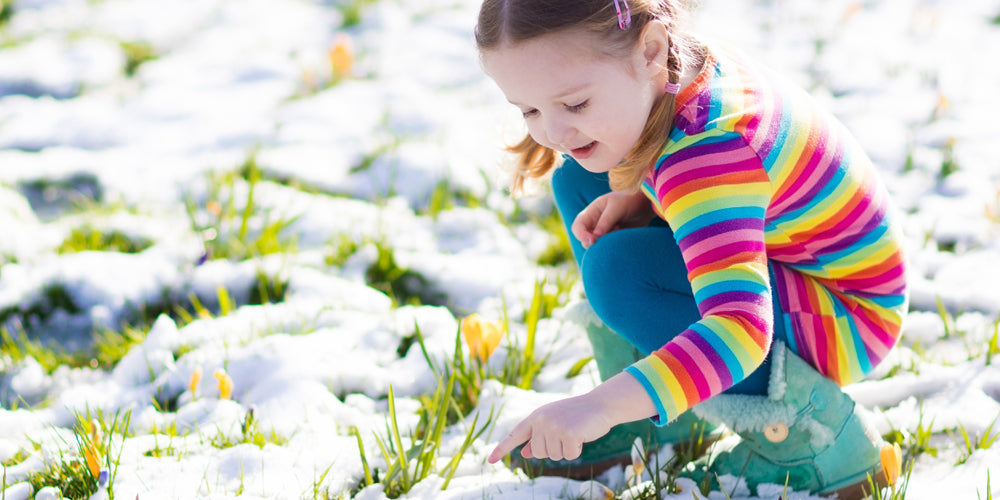
Remember, when choosing winter flowers for your garden, it's important to consult a reputable care and feeding guide to ensure the most beautiful blooms. You'll also need the right tools for planting and pruning.
When it comes to gardening, Max Warehouse has you covered! We have great source for all the gardening supplies you'll need to cultivate the winter-blooming garden of your dreams.
Shop our Lawn & Garden Collection.
